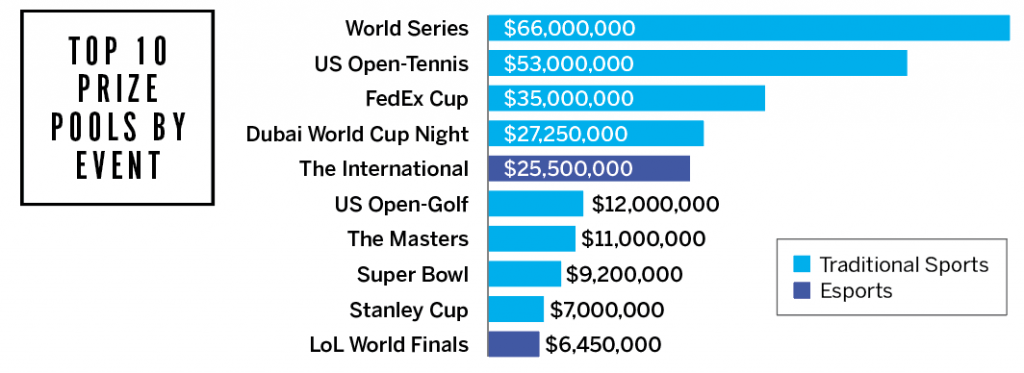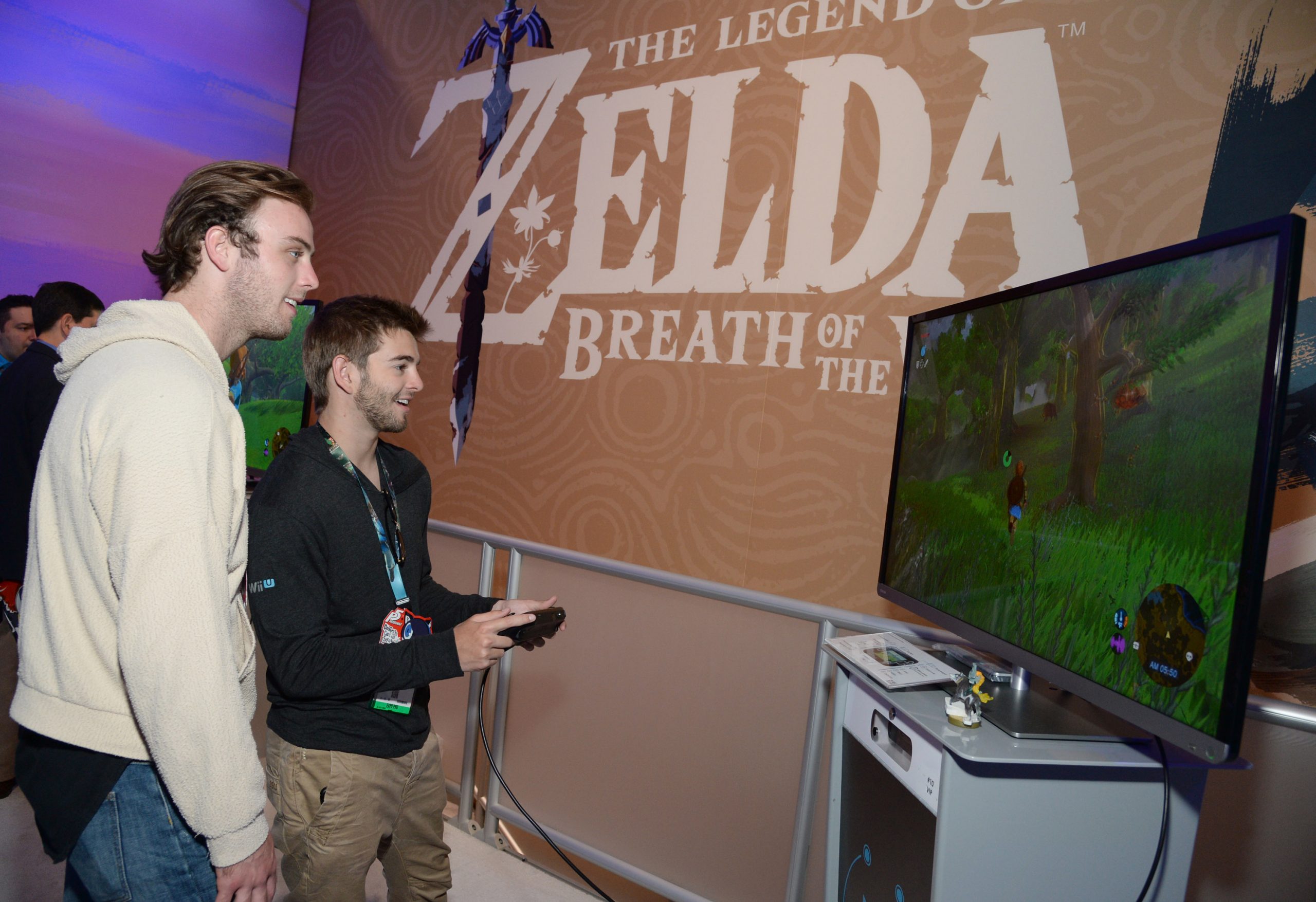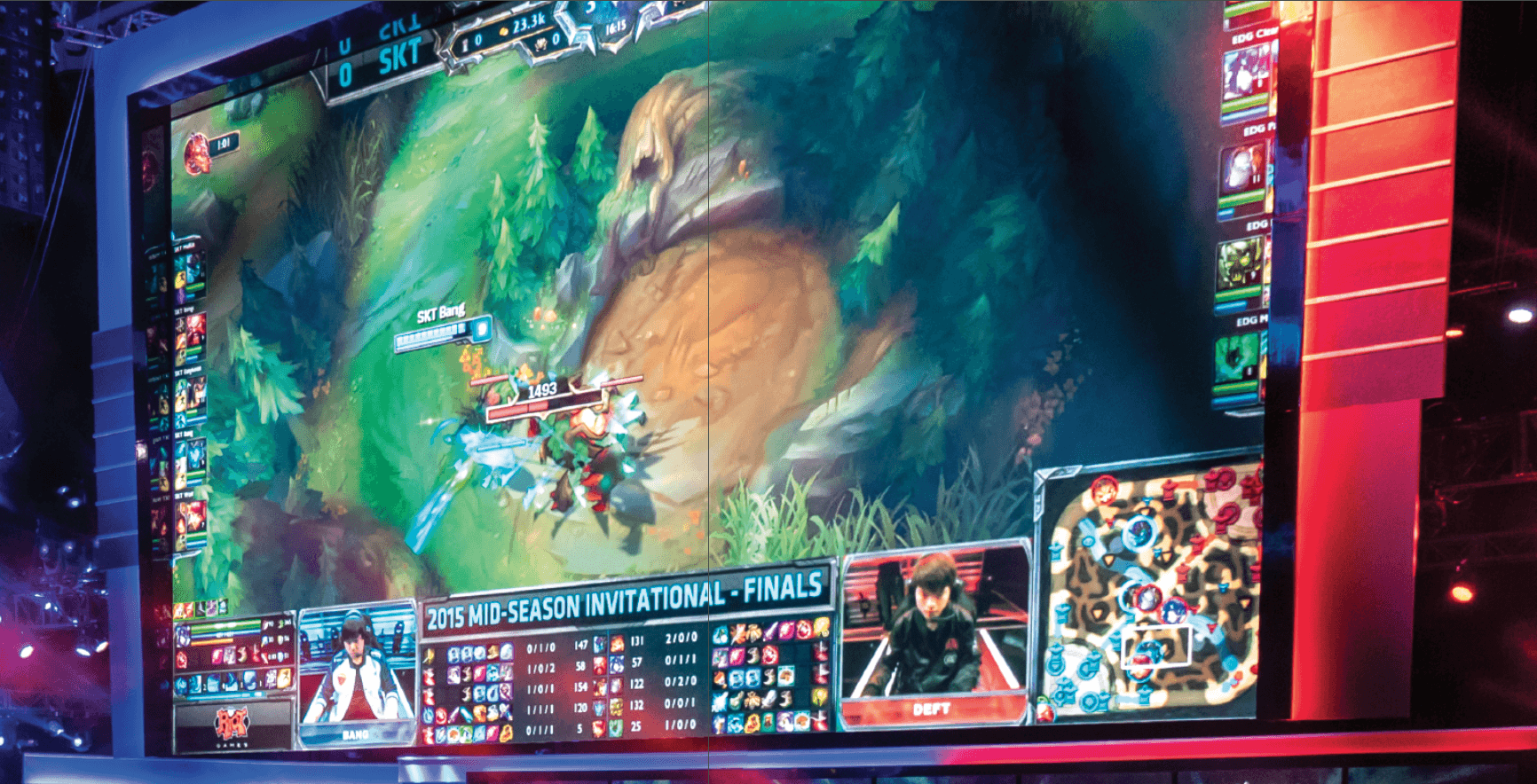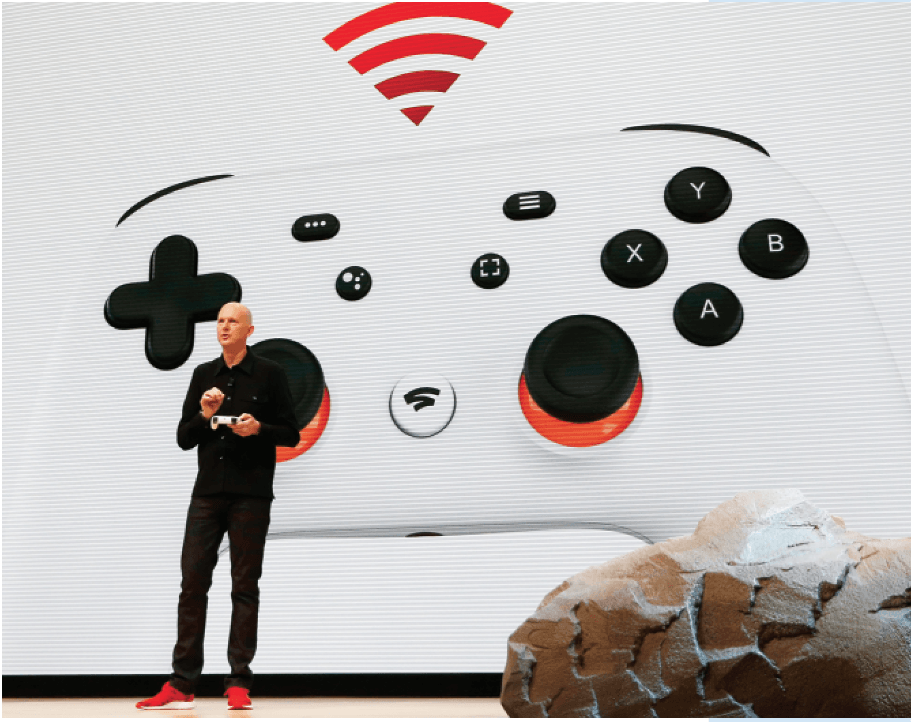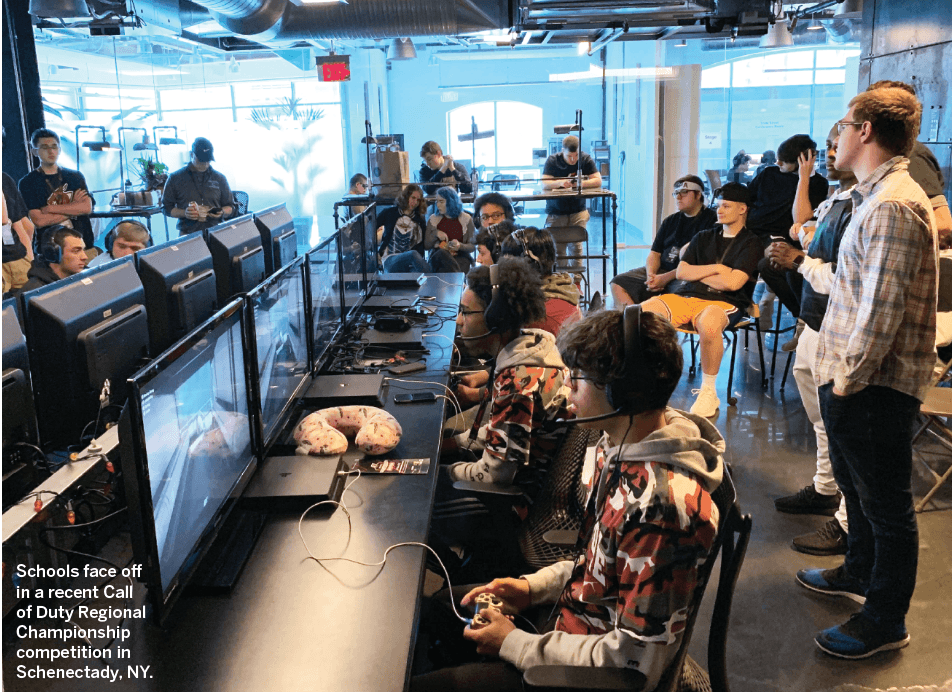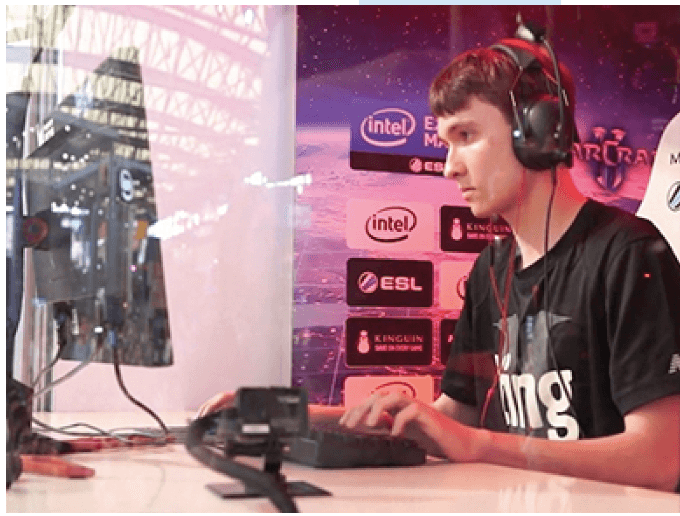As the Esports Audience Grows, So Do Valuations
To illustrate the rapid and widespread adoption of esports,
Video Gaming: The Next 1 Billion Players
The cost of gaming via PC or console is decreasing, which should fuel adoption and boost
Video gaming is heating up around the world. In fact, more than 2.3 billion people are playing and more than 380 million watch esports. Consumers are spending more discretionary income on digital entertainment while the price of video gaming equipment is decreasing. It’s a combination of trends that should result in continued consumer adoption and accelerating monetization of the global video gaming industry.
Meanwhile, video gaming is becoming more socially acceptable for players in a variety of age groups. That not only includes today’s teenagers and millennials but also the “Atari Generation.” About 43% of mobile gamers are parents who continue to play as adults. Additionally, it’s not only men that play video game—women account for 45% of gamers and 30% of esports viewers in America.
At the same time, the lower cost of playing seems likely to entice more people into taking up video gaming.
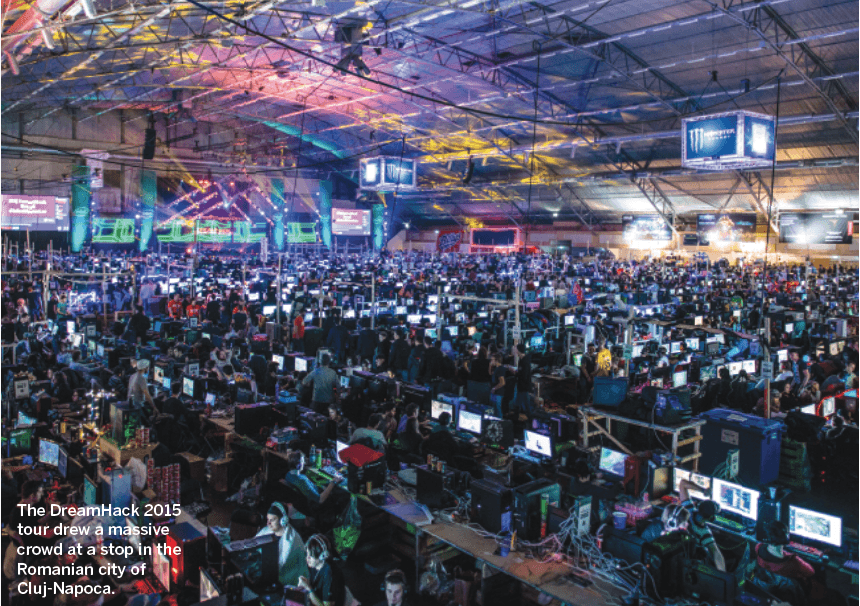
PC and console costs
Players have two hardware options for video gaming: personal computers or gaming consoles. Console gaming largely revolves around Playstation form Sony (SNE) and Xbox from Microsoft (MSFT). Switch from Nintendo (NTDOY) lags far behind in third place. Playstation 4 has sold 75 million units, Xbox One has sold between 30 million and 50 million, and Nintendo Switch has sold 17 million.
PCs offers better visuals, a greater number of indie titles and more affordable games, but are substantially more expensive to buy than consoles, according to GamingScan, a website that carries product reviews.
Here’s the bottom line: In the past, owning a quality gaming PC was significantly more expensive than playing on a console. Today, that gap is quickly closing thanks to lower manufacturing and hardware costs.
Spending more on entertainment
While average income has decreased recently by 1.5% in the United States, according to the Bureau of Labor Statistics, entertainment spending has increased by 10%. Despite making less money, Americans still choose to spend more of their discretionary income on entertainment.
The narrowing price gap between console and PC gives consumers more options that they can afford. This trend appears likely to continue, especially as production costs of hardware decline and the rise of cloud gaming ensues. Once cloud gaming becomes ubiquitous, gamers won’t need to update hardware as regularly to fully experience any game.
From 100 million players in 1995 to 2.3 billion today yields a 14.38% compound annual growth rate—the next 1 billion gamers are close at hand.
Esports Prize Pools Are Growing Fast
Gaming tournament rewards now rival the size of some of the largest purses offered to winners in traditional sports
Esports pros are reaping the benefits of dramatic increases in prize money. In 2010, the total esports prize pool for almost all events in every tracked title totaled about $3 million. In stark contrast, esports paid $156 million in prizes last year.

Compensation for esports athletes resembles that of golf and tennis. Those sports lack the high salaries of basketball, hockey, football, soccer and baseball but pay off in lucrative prizes, sponsorships and endorsements.
In 10 years, esports pros may see changes in compensation as high salary and more multi-year contracts. With that trajectory, esports prize pools and athlete compensation may quickly compete with the top traditional sports athletes in the not-so-distant future.
Below is a list of the Top 10 events of 2018 by prize pools. Two of the biggest prizes were in esports: The International 2018 (Dota 2) and League of Legends World Championship.
